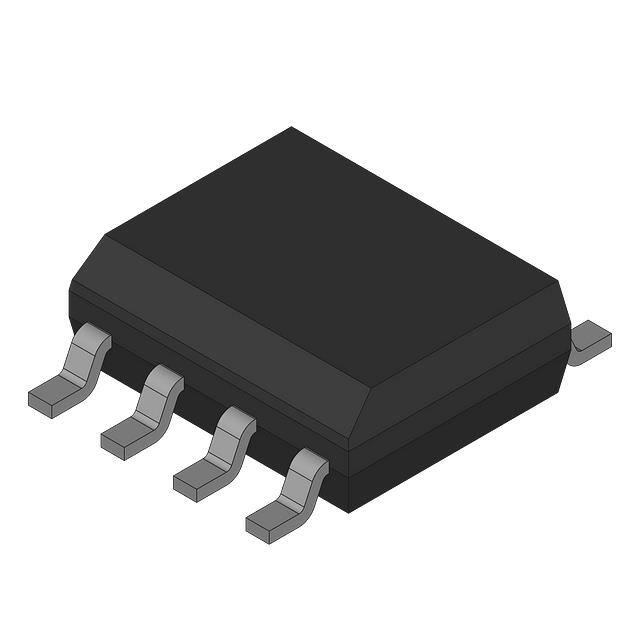The Future of PEM Fuel Stacks and PSO-ANFIS MPPT Technology
With the growth of global energy demand and the improvement of environmental protection awareness, traditional energy systems are being replaced by cleaner and more efficient solutions. As a star technology in the field of clean energy, proton exchange membrane fuel stacks (PEMFS) are leading the revolution in the energy industry due to their high efficiency, low emissions and strong adaptability. Especially in automobiles, portable power supplies and renewable energy systems, PEMFS has shown great potential. However, in order to maximize its efficiency and output performance, the new maximum power point tracking (MPPT) control strategy has become an indispensable technical support.
PEM Fuel Stacks: The Future of Clean Energy
PEM fuel stacks convert chemical energy directly into electrical energy through an electrochemical process without combustion, so they have higher power generation efficiency and lower harmful gas emissions. The main advantages of the system include:
High energy density: suitable for applications requiring compact design, such as electric vehicles and portable devices.
Low temperature operation: reduce material corrosion and extend equipment life.
The only byproduct is water: no pollution, completely environmentally friendly.
PEMFS has made great achievements in energy storage, transportation and distributed power generation with its excellent performance. However, it still faces some challenges in power output and efficiency optimization, which need to be solved by more advanced technologies.
Challenges and opportunities of fuel stacks
Although PEMFS is superior to other fuel cell technologies in low-temperature operation and system response speed, it still has the following limitations in practical applications:
Nonlinear voltage output: leads to low power conversion efficiency.
Narrow operating temperature range: limits its application in high temperature environments.
Components are prone to corrosion: traditional materials are expensive and have limited life.
To overcome these obstacles, researchers have developed advanced MPPT control technology to optimize the working performance of fuel stacks and achieve higher efficiency and lower costs.
Maximum power point tracking (MPPT): the key to optimizing fuel stack performance
Limitations of traditional MPPT technology
The output power of the fuel stack is closely related to its operating voltage. If the system does not operate at the optimal power point, it will lead to energy waste and performance degradation. Traditional MPPT methods such as P&O (perturb and observe) and IC (incremental conductance method) can adjust the operating point of the fuel stack, but they are often difficult to cope with in complex environments:
The P&O algorithm is simple, but it is easy to cause voltage distortion and has low accuracy.
The IC method has higher accuracy, but slow response time and high cost.
PSO-ANFIS hybrid MPPT: a breakthrough innovation
To address the shortcomings of traditional methods, researchers introduced a hybrid MPPT method of particle swarm optimization (PSO) and adaptive neural fuzzy inference system (ANFIS):
Particle swarm optimization (PSO): quickly locates the global maximum power point of the fuel stack by simulating group behavior, and can operate efficiently even under nonlinear output.
Adaptive neural fuzzy inference system (ANFIS): Combining the capabilities of fuzzy logic and neural networks, it can handle environmental changes such as temperature and load fluctuations and adjust output in real time.
This hybrid controller overcomes the limitations of slow response and low accuracy of traditional methods, allowing PEMFS to maintain optimal efficiency under different conditions.
DC-DC converter: guarantee of stable energy output
PEMFS has a wide voltage output range. In order to meet the needs of different loads, the research team developed a new DC-DC converter with the following features:
High voltage conversion ratio: supports a wider input voltage range.
Low device voltage stress: reduces switching losses and improves system reliability.
Higher voltage gain: ensures that the output of the fuel stack can efficiently supply energy to the load.

By optimizing the design of inductance and capacitance, the DC-DC converter further improves the stability and efficiency of the system. The integration with the PSO-ANFIS MPPT controller makes the fuel stack system more efficient and reliable.
Promoting the future of fuel stack applications
The integrated system based on the PSO-ANFIS controller and the new DC-DC converter paves a new way for PEMFS applications, especially showing great potential in the following areas:
Hydrogen-powered vehicles: improve fuel utilization and extend driving range.
Renewable energy storage: improve the stability of wind, solar and other systems.
Portable power supply: achieve miniaturization and high efficiency.

Summary
PEMFS technology is driving the next revolution in clean energy, and the PSO-ANFIS MPPT controller provides strong support for its efficient operation. Combined with advanced DC-DC converters, fuel stack systems will be able to meet future energy needs with higher efficiency and lower cost. As these innovations continue to develop, we have reason to believe that renewable energy will play a greater role in the global energy landscape and pave the way for achieving carbon neutrality goals.


